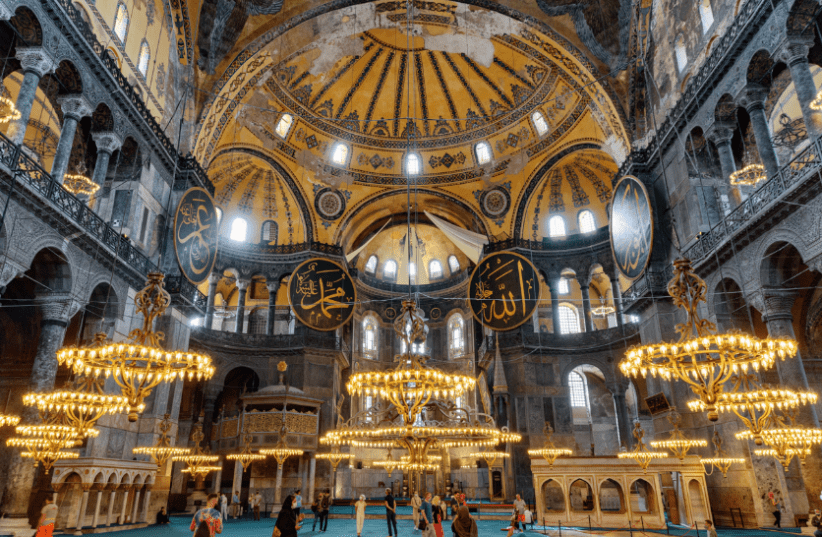The Turkish Ministry of Culture has launched a cleaning and restoration program for the underground spaces of Istanbul’s Hagia Sophia, aiming to make them accessible to the public. The project, which includes the restoration of tunnels, vaults, corridors, and a three-room underground tomb, is expected to unveil long-forgotten historical treasures beneath the iconic structure.
Professor Dr. Hasan Fırat Diker, a member of the Hagia Sophia Science Council, shared that the team has been conducting architectural visualization studies of the underground structures for five years. “The underground beauty and archaeological findings of Hagia Sophia, neglected for centuries, will finally be revealed to the public.”
The cleaning process, slated to last about a year, will prepare nearly one kilometer of tunnels surrounding Hagia Sophia for public access. Visitors will have the opportunity to explore these historical passages under the guidance of the Hagia Sophia Museum’s archaeological team.
Diker explained that much of the underground network is as old as the main structure, which was built between 532 and 537 CE, while some sections may predate it. “The areas under the portico courtyard are approximately 1,500 years old.”
The professor emphasized the broader implications of the project. “This comprehensive cleaning effort is critical for the preservation of Hagia Sophia’s air circulation system and its long-term structural health.”

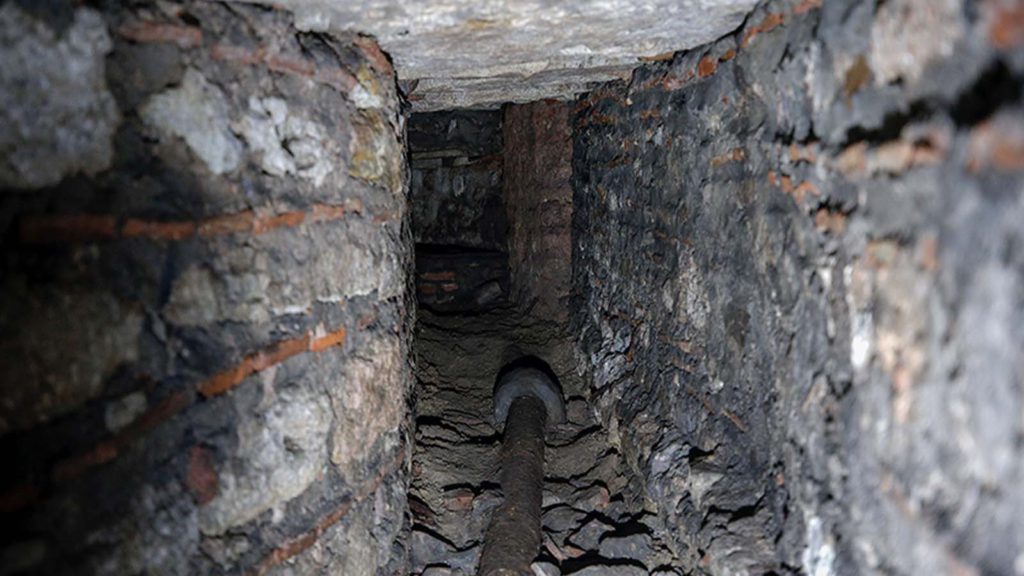
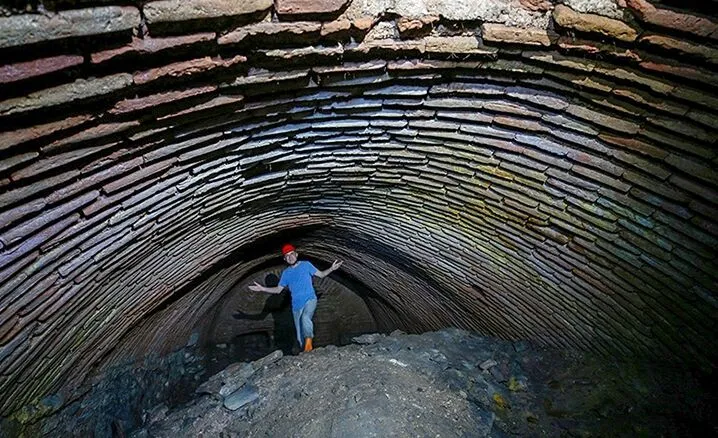
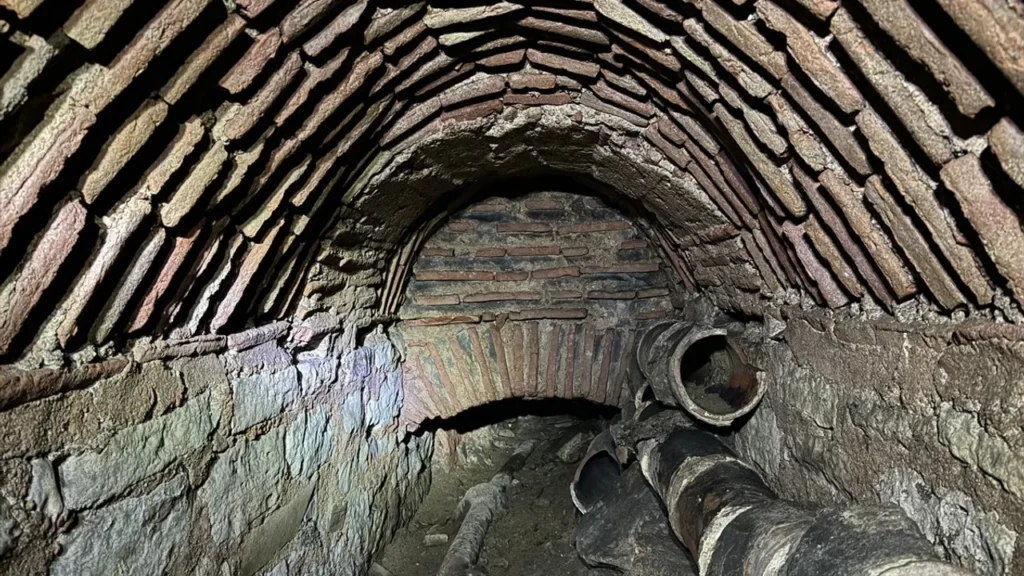
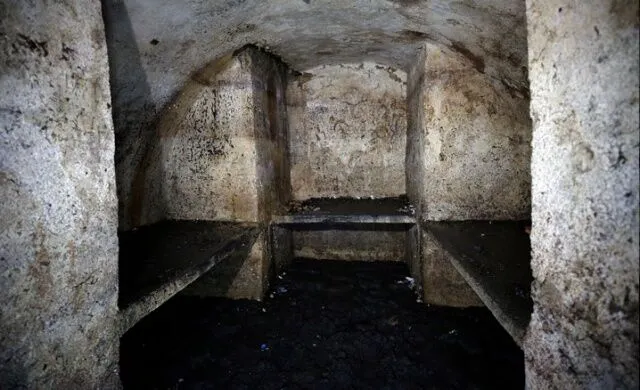
One particularly fascinating discovery is a catacomb located four meters underground, consisting of three burial spaces dating back to the 4th century CE. This structure, the oldest part of the Byzantine complex, was previously inundated with tons of mud and sediment.
The cleaning initiative highlights the importance of addressing both the superstructure and the infrastructure of Hagia Sophia. “It is significant that even a portion of these spaces can be made accessible, shedding light on Istanbul’s history.”
The unveiling of these underground spaces marks a new chapter for Hagia Sophia, blending its rich history with modern restoration efforts to enhance its legacy as a cultural and archaeological landmark.
Source: Haberler.com

